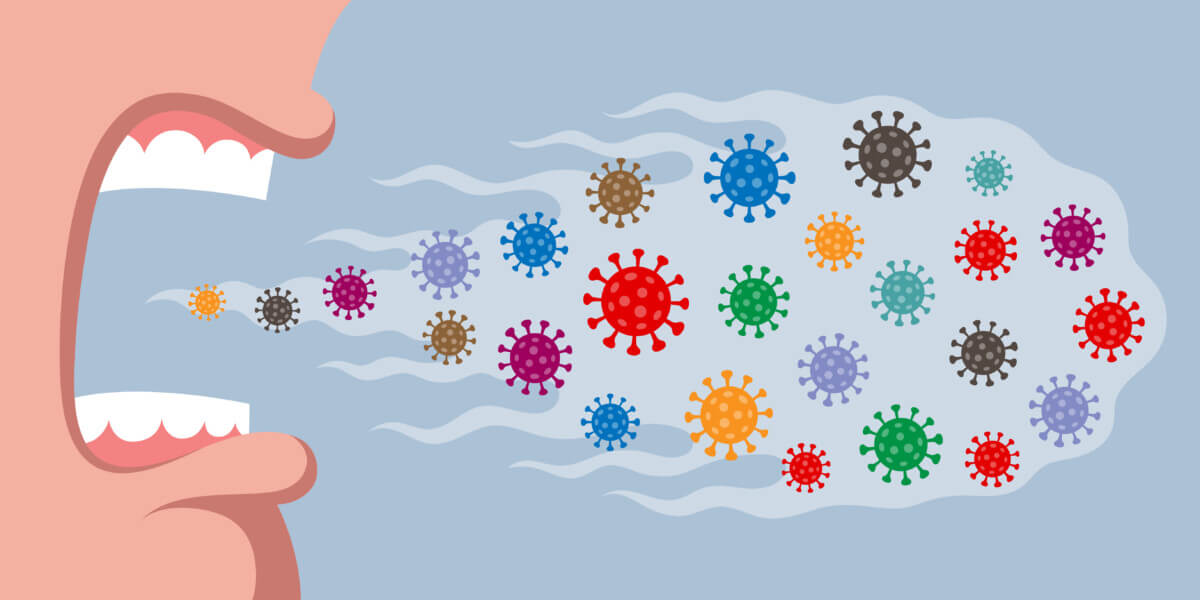
(© Elena Abrazhevich - stock.adobe.com)
WASHINGTON — Safety measures such as mask wearing, social distancing, and good hygiene can help reduce the risk of contracting COVID-19 indoors. Unfortunately, even with all of these precautions in place, infections are still very much possible. On a more positive note, scientists have invented a new “passive air sampler” capable of measuring personal exposure to the SARS-CoV-2 virus.
It isn't hard to see how valuable such a device may be, especially for people working in high-risk professions such as hospitals or customer-facing businesses.
COVID-19 usually infects new hosts after they breathe in virus-laden aerosols (tiny droplets) released by infected carriers who cough, sneeze, speak, or breathe nearby.
Active air sampling devices are already in use in many buildings to identify airborne SARS-CoV-2 aerosols. However, those devices are usually quite big, expensive, virtually impossible to transport, and require electricity to use. Study authors set out to develop a smaller, cheaper, lighter, and wearable device.

This led to the development of the Fresh Air Clip, a wearable passive air sampler. The FAC constantly absorbs virus-laden aerosols on a polydimethylsiloxane (PDMS) surface.
Restaurants may be high-risk COVID locations
Scientists tested the FAC on a “rotating drum” device that generated aerosols carrying a “surrogate virus.” This phony virus was in actuality a bacteriophage featuring similar properties to SARS-CoV-2. The FAC successfully detected the virus on the PDMS sampler via polymerase chain reaction (PCR), demonstrating that the device can accurately estimate airborne virus concentrations.
Next, researchers distributed 62 Fresh Air Clips to a group of participants. Each volunteer wore the monitors for a total of five days. Afterward, five of the worn FACs showed SARS-CoV-2 RNA upon analysis. Four of those clips were worn by restaurant servers, while the fifth was worn by a staff member at a homeless shelter. Two clips worn by restaurants servers displayed the highest viral loads (more than 100 RNA copies per clip).
The Fresh Air Clip isn't available commercially just yet, but study authors say these findings are a promising first step in that direction. They believe the FAC may soon serve as a semiquantitative screening tool for assessing personal COVID exposure and can also help identify high-risk and potentially infectious indoor areas.
The study is published in the journal Environmental Science & Technology Letters.










